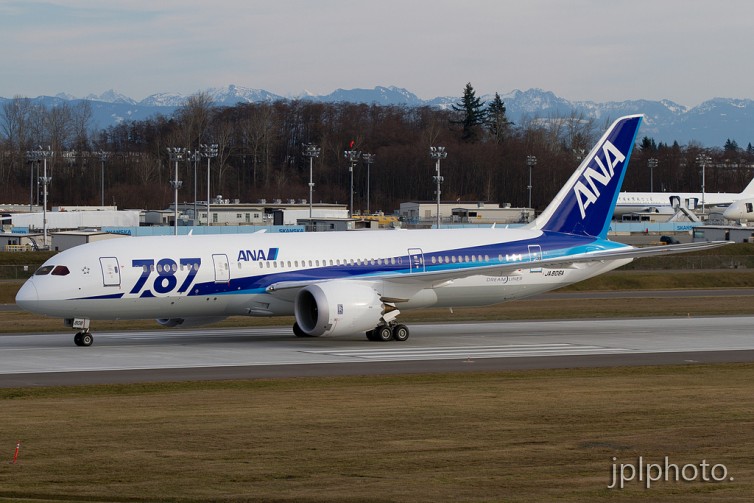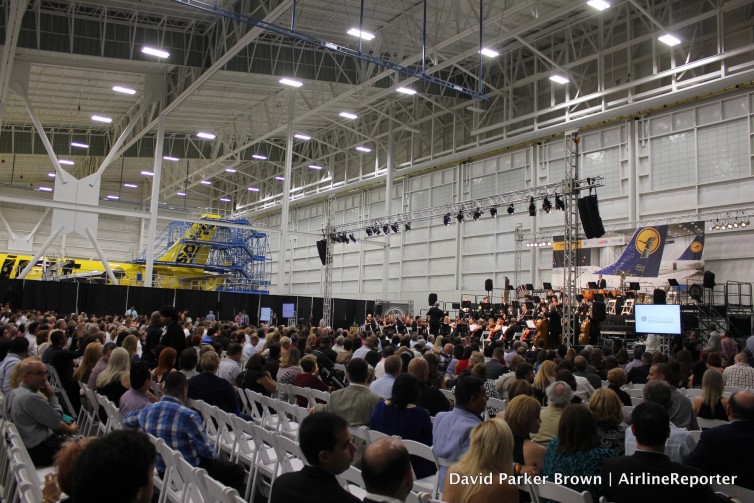
A Spirit Airlines Airbus A319 is in the background with the Lufthansa Orchestra playing
I have had the pleasure of checking out Lufthansa Technik (aka MRO – maintenance services) in both Frankfurt and more recently in Hamburg. I was curious about why they were starting operations in at Rafael Hernández Airport (BQN) in Puerto Rico, which is about two hours west of San Juan.
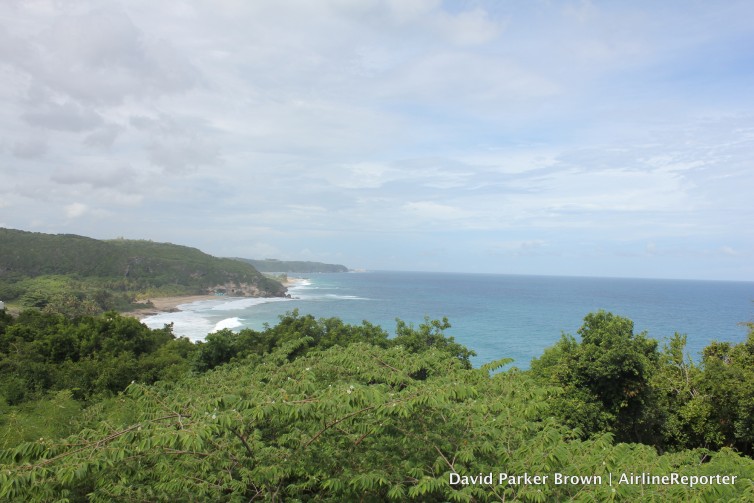
Puerto Rico is known for it welcoming beaches, but they are hoping to grow in aerospace
The schedule for celebration included a concert on the evening of Halloween and a less formal event the next day, with a visit from Puerto Rico’s Governor Alejandro Garcàa Padilla. The Lufthansa Orchestra was part of both days and they don’t just play for any ol’ event. In fact, this was the first time they have played outside of Europe.
Why was this so important? I wasn’t exactly sure before my trip, but after talking to quite a few people and seeing the facility myself, I was impressed with the positive impact the new operation would have on aviation in the region and even more so, the people of Puerto Rico.
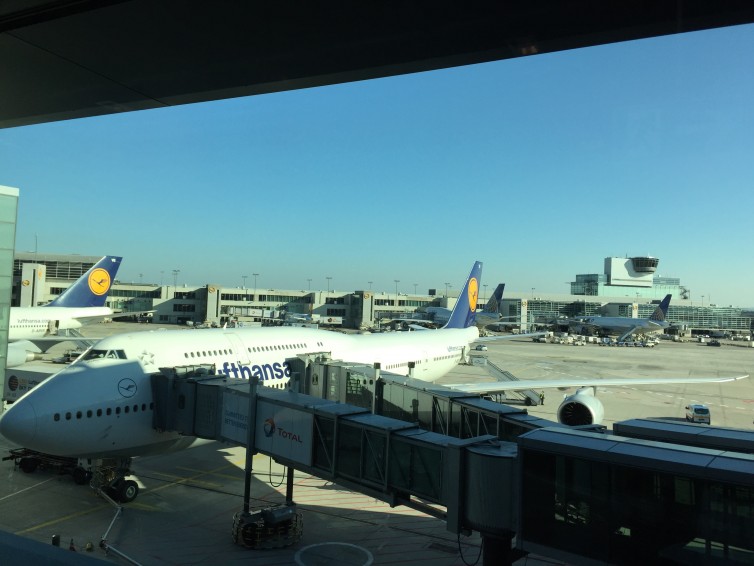
My ride for the next 9 hours, a Lufthansa Boeing 747-8I ’“ Photo: Colin Cook | AirlineReporter
I recently received an invitation to join some friends that were headed to Oktoberfest in Munich, Germany. Given that I consider myself a bit of a beer drinker, I knew I had to join them. I wanted to challenge myself to make the trip as economical as possible, while still traveling in style. I had some points burning a hole in my pocket, and there are often good, premium award options available through some travel partners.
I knew I would have enough points to get me home in business class (because after an eventful Oktoberfest, who would want to fly in coach?), so I needed to find an option to get me to Europe. I ended up booking a direct flight from Seattle to Frankfurt on Condor for a very reasonable $445. The crew on this flight was very friendly and the overall experience was good; just be prepared for a small 30-inch seat pitch on a long-haul flight.
Flying upstairs on a 747 has always been a bucket list item for me ’“ and I was finally able to accomplish it! In my search for award travel, I was able to transfer my Chase Ultimate Rewards points to United Airlines MileagePlus. From there, I booked the flight I wanted: Business Class on a Lufthansa 747-8I. I knew Oktoberfest would be the trip of a lifetime, but I was honestly even more excited at flying upstairs on the ride home.
As I arrived at the Munich airport for my short hop to Frankfurt, I noticed that my flight had been canceled. When I checked with the Lufthansa staff, I found out they had re-booked me on a direct flight from Munich to Chicago.
Now this just wouldn’t do, as that was on an Airbus A340. Most travelers would be happy being on the direct flight, but I asked them to re-book me on another flight so I could still fly on the 747-8I. After some confused looks, I was back in business (pun intended) and booked on the 747.
When two AirlineReporter writers decide to go on a weekend guys trip, the possibilities are endless. The thing is – we don’t mind long flights, crazy routing, or extended layovers – after all, that’s all part of the adventure.
It’s amazing how much ground you can cover in a few days, if you really want to. Once we made the decision to go somewhere, Associate Editor, Blaine Nickeson, and I spent a few weeks scouring the internet for decent airfares. We considered various destinations across five continents. Finally, something really interesting (and cheap!) popped up: Denver to Tokyo on United’s 787-8 connecting on to Kuala Lumpur, Malaysia on ANA’s 787-8.
One stop from Denver to a city nearly on the other side of the world? Oh yeah, this is the kind of stuff the Dreamliner was built for.
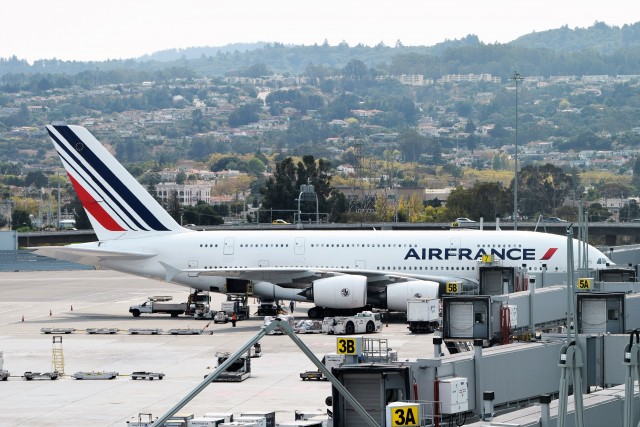
Our Air France A380 parked at SFO. Photo: John Nguyen | AirlineReporter
Thanks to Delta, I found a smashing deal to fly an Airbus A380 for the first time, and not in economy! My wife and I were married late last year, but postponed our honeymoon because we wanted to visit Europe during the warmer months.
We lucked out and found a very low fare valid for this past September, from San Francisco to Istanbul, in the Premium Economy section of Delta partner Air France. This would be our first time flying the A380, as well as the first time in decades flying on Air France. I was cautiously optimistic about what flying Premium Economy would be like, and I subscribed to the mantra of, “anything’s better than coach,” or even my flight on a CRJ-200 the day before.
Would I be severely disappointed?
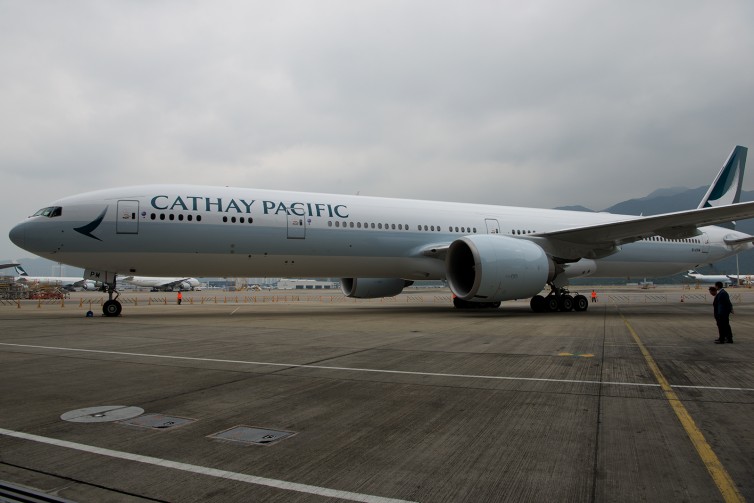
Cathay Pacific has unveiled their new livery – Photo: Bernie Leighton | AirlineReporter
Though there have been clues for over a year as to what Cathay Pacific was doing with their rebranding, it didn’t become fully clear until they recently unveiled it (including a new livery) in Hong Kong.
The previous hints were namely removing red from the boarding passes, corporate letterheads, and other places where customers may see the trademark “brushwing.”
There were even numerous rumors last year that a new livery was coming soon. That turned out not to be the case, but quite a bit of work was going on behind the scenes on the rebranding effort. Now, the world gets to see what Cathay has done to their aircraft.



